25 Vegetables and Herbs You Can Plant Now for a Fall Harvest
/Fall is the perfect time to start planning for next year’s food garden. This is a great time of year to get started on planning and planting, as you can still enjoy the weather without having to worry about frost or snow. It also gives you plenty of time to think through what you want to grow in your garden before it gets too cold.
But did you know that fall is also a great time to plant vegetables and herbs that you can harvest this season, too? Cooling temperatures don't have to spell the end of gardening season. In fact, fall is the perfect gardening season in many ways because the temperatures are milder and you don't have to spend so much time and energy battling herbivore pests. With a little careful planning and a couple of inexpensive tools you can enjoy the fruits of your garden before the winter cold sets in.
How to plan your fall garden: sun and space
No matter the season, the first step to ensuring that your garden is productive and healthy is to survey your space. Do you intend to plant in the ground or in raised beds? If so, you need to see where the best sunlight is in your garden, and how it travels through your landscape throughout the day.
Although most of the vegetables and herbs you'll be planting for a fall harvest won't need the amount of sunlight that fruiting plants like tomatoes and eggplants need to set fruit, you'll still need to ensure that your plants will receive an adequate amount of sunlight. You also want to know where they are going to be shaded or protected from direct sunlight.
You'll have more flexibility when planting cool-season vegetables and herb seeds in containers because they can be moved around. However, if you're using large containers, they will be heavy to move, especially after watering. Using a plant caddy with wheels can make it easier to transfer your potted crops to a sunnier location, or to relocate them under shelter when it rains heavily.
If you're growing in raised beds, you'll also want to consider how tall your plants will be when they reach maturity. Some fall-hardy crops, such as lettuce, spinach, and kale, grow quickly and require less space than others, like beans and sweet peas. The height at which these crops mature determines how much room you'll need in your bed. The instructions on seed packets or seedling pots will usually tell you how far apart to space you plants; however, I routinely ignore these instructions and use half the amount of recommended spacing. Many of the farms I visit do the same in order to be able to grow more crops in less space.
Improving the soil
When you're ready to plant your fall garden, you'll want to prepare the soil. Does your soil lack essential nutrients? Has it been depleted by repeated planting of the same crop in the same space for 3 years or more in a row? Planting cover crops like peas, oats, and hairy vetch in the fall is a great way to replenish nutrients in depleted soil, but that means you can't use the soil for other food crops while the cover crops are growing.
A soil test will tell you exactly what nutrients are lacking, and can also let you know if your soil is too acidic or alkaline. Sending a soil sample to your local university extension is a good way to know what your soil is lacking, but it may take time to receive results and it will incur a modest expense. You can purchase at-home soil samples from your local nursery, garden supply, or home improvement store to find out what nutrients your soil needs. They won't be as comprehensive as a soil test done in a lab, but they will give you a better idea of the conditions you're working under.
Amending your soil is almost always a good idea, and fall is a good time to do this, but there's no reason why you can't amend your soil any time of year.
Amending your soil is important because it improves its structure, helps prevent weeds, add nutrients, and creates a microbiome -- that is, an ecosystem of bacteria, fungi, single-celled organisms, viruses and protists (i.e., organisms whose cells contain a cell nucleus). These microbial communities are important for maintaining plant health and enabling them to resist stressors such as drought, heavy metal pollution and pests.
Creating a healthy soil microbiome doesn't have to be complicated. All you really need is some compost (store-bought or homemade), manure, peat moss, sand, and/or fertilizer.
Should you plant from seeds or starts?
There are pros and cons to both approaches. If you're new to gardening, starting from seedlings you purchase is a good option. You can plant from seeds if your earliest frost date is two months or more away; however, greens will take less time to grow to maturity so you may be able to plant some leafy green crops from seed now even if your area sees frost in less than two months from now.
To figure out what you can still plant from seed now, start by finding our the first frost date for your area. If you have access to a greenhouse or heated garage, or can use a season extender such as a cold frame, hot box, or thick plastic wrap, you have more options to start from seeds.
If you don't have access to these tools, then you'll have to wait until spring to plant from seed. This means you'll have to buy seedlings instead and transplant them into your garden.
Fall Harvests
Plant These from September to early October for Fall Harvests
Carrots can be grown in the ground, in raised beds, or in large pots. They require anywhere from 50 to 75 days to maturity from from seed . If you plan to grow carrots in the ground, you should start them indoors about 6 weeks prior to transplanting into the garden. Carrot roots grow best in cool temperatures. They develop their highest sugar content when temperatures are between 40 and 80 degrees Fahrenheit.
Kohlrabi is a root vegetable that looks like a turnip. It tastes like a cross between a potato and a carrot and like arugula, can have a peppery taste. Kohlrabi is an easy vegetable to grow and needs little maintenance once planted. It has high levels of vitamin C, A and K; it also has other minerals and nutrients like calcium, potassium folate, iron, magnesium, and phosphorus; and it has phytochemcials that protect against cancer.
Collards are another vegetable that can take a long time to grow. Collard leaves can be used fresh or cooked, so they make a great addition to any meal. Collards also store well for several months after harvesting. Plant collards in full sun with rich, fertile soil. It takes 60 to 90 days from seed to harvest. Collards are the most cold hardy of the brassicas and can tolerate temperatures down into the single digits (Fahrenheit). What's more, cold weather activates the sugars in this plant and makes it sweeter and more flavorful.
Kale is one of my favorite vegetables to grow in the fall. In addition to being delicious, kale has health benefits. It contains lots of fiber, vitamins A and C, calcium, iron and potassium. Kale also has anticancer properties. When grown in cooler temperatures, around 45 degrees Fahrenheit, the leaves become more tender and flavorful. And when harvested early in the season, the leaves retain nutrients longer than those picked later. Kale is a member of the cabbage family and has a similar growing cycle to broccoli. Both kale and broccoli need ample water during the fall months, so if you live in an arid climate, consider adding a rain barrel to your watering system.
Leafy lettuces are quick growers, and it's easy to find varieties that you can harvest in 30 days or less. These are great cut-and-come again crops, meaning that you can harvest the outer leaves or just cut them straight across, and they'll grow more leaves that you can harvest throughout the season.
Arugula is another fast-growing leafy vegetable that grows well in the cooler temperatures of fall. It has a peppery taste and is used as a salad green. The arugula plant has become one of the most popular salad greens in recent years. It's also grown more successfully in colder climates than some traditional lettuce varieties. In fact, some arugula plants grow so well in cold weather that farmers harvest them when the temperature dips below freezing.
Cauliflower needs a lot of space to grow, so they will take up a lot of room in the garden. You can plant them in large pots or containers, but they will still be quite big. Cauliflower plants like cool temperatures (57 to 68 degrees Fahrenheit) and lots of light. Cauliflower can take up to 100 days to mature from seed, so it's usually best to plant from starts in September or October. However, some heirloom varieties, such as early snowball cauliflower, can be harvested within 55 days of planting from seed.
Mustard greens can be grown from seed 6-8 weeks before your first fall frost. They're a cool-season crop that thrives in temperate zones with mild winters. Mustard greens are rich in antioxidants and contain many beneficial compounds including glucosinolates, which help fight inflammation. The leaves and stems of mustard greens are edible, while the seeds are considered a spice.
Parsley is a perennial herb that is best grown in the fall as a cool-season crop. In fact, when planted in the fall it produces a much bigger harvest than when it is planted in the spring. Parsley is a good source of vitamins A, B6, C, E, folic acid, iron, manganese, niacin, pantothenic acid, riboflavin, thiamine, and zinc. It also contains flavonoids, which may reduce the risk of heart disease.
Peas are a legume that can be harvested all year round. You can use them as cover crop for enriching your soils. However, they should be planted 8-10 weeks before your first frost; otherwise, they will not be as productive in the garden. However, if you use a hoop greenhouse or cold frames over your peas, they will continue to grow well into the winter months too.
Mache, a cold season green with a slightly nutty taste, grows well in cool weather, and can be grown throughout the winter in many zones. Mache is a great choice for fall planting as it has a long growing season and tolerates light frosts. It also does very well when planted in containers. It is cold hardy to temperatures as low as -20 degrees Fahrenheit.
Spinach can only be grown in cool temperatures, as heat makes it bolt, or go straight to seed. There are many varieties of spinach that can be harvested within a relatively short period of time. Spinach can be planted 6-8 weeks before your first frost. If you give it 10 weeks to grow, you'll get a longer harvest out of this cut-and-come again vegetable.
Bok choy can give you a fall harvest if you plant it in mid-to-late summer, but you can plant it even later -- as late as a few weeks before your first frost -- if you cover it with a hoop house, cold frame, or other protection. This Asian green is a member of the cabbage family and is one of the most nutritious vegetables available. It has also become a popular vegetable because it's so versatile: Bok choy goes well with almost any kind of meat, poultry, fish, or vegetarian dish. It's delicious raw, steamed, stir fried, sauteed, braised, grilled, or used as a filling for dumplings.
There are many other vegetables and herbs that you can grow and harvest in the fall, including the following:
(14) Swiss chard, (15) beans, (16) broccoli, (17) rosemary, (18) thyme, (19) chives, (20) sage, (21) cilantro, (22) mint, (23) chervil, (24) marjoram, and (25) lemon balm
A Note About Watering
It's not difficult to grow many different kinds of vegetables and herbs in the cool fall season, but many crops fail because of a simple oversight: lack of water! Although cooler temperatures mean that you don't have to water your plants as often, you still need to keep them watered so that they don't dry out and become stressed and susceptible to disease. Watering is especially important for seedlings, which are very sensitive to changes in their environment. If they dry out too much or get wet when it isn't needed, they can die.
If you are growing plants outdoors during the fall months, be sure to water them regularly. This is especially true if they have been exposed to drought conditions or extreme temperatures. Plants that have been exposed to such conditions may require morel. If frequent watering. If you have any doubt, stick your finger a few inches down into the soil. If it's dry, then give your plants some water. Water in the daytime so that they are not wet overnight, which can attract slugs.
Like this? Please pin!
An ideal time to garden
In many ways, fall is an ideal time to plant a garden or extend the one you started in the summer. Fall is also a great time to start thinking about your next season’s garden. If you haven’t already done so, now is the time to plan what you want to grow and when you want to harvest it. Either way, a fall garden has much to offer while you enjoy the cooler weather and the beauty of the season.




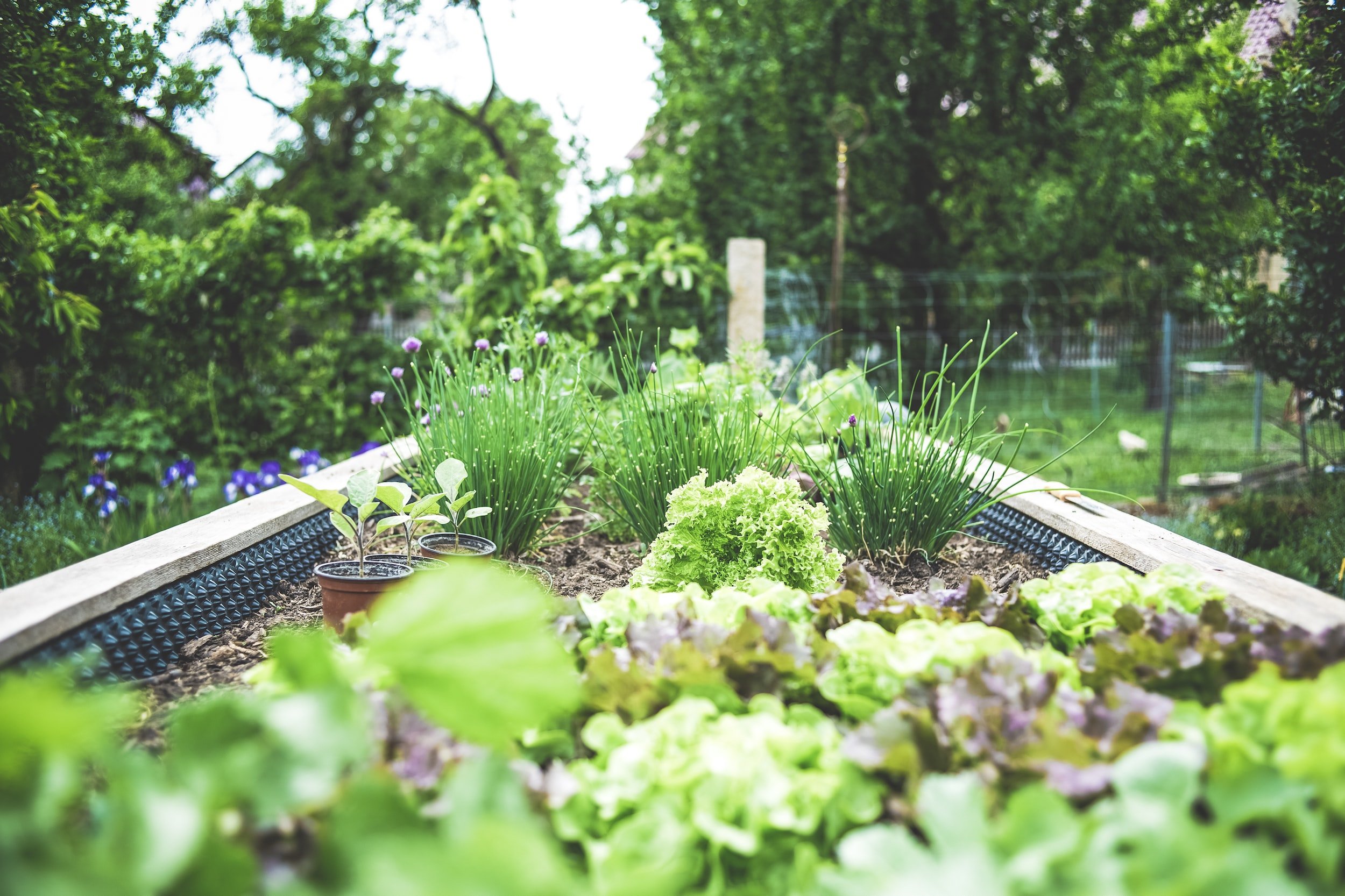
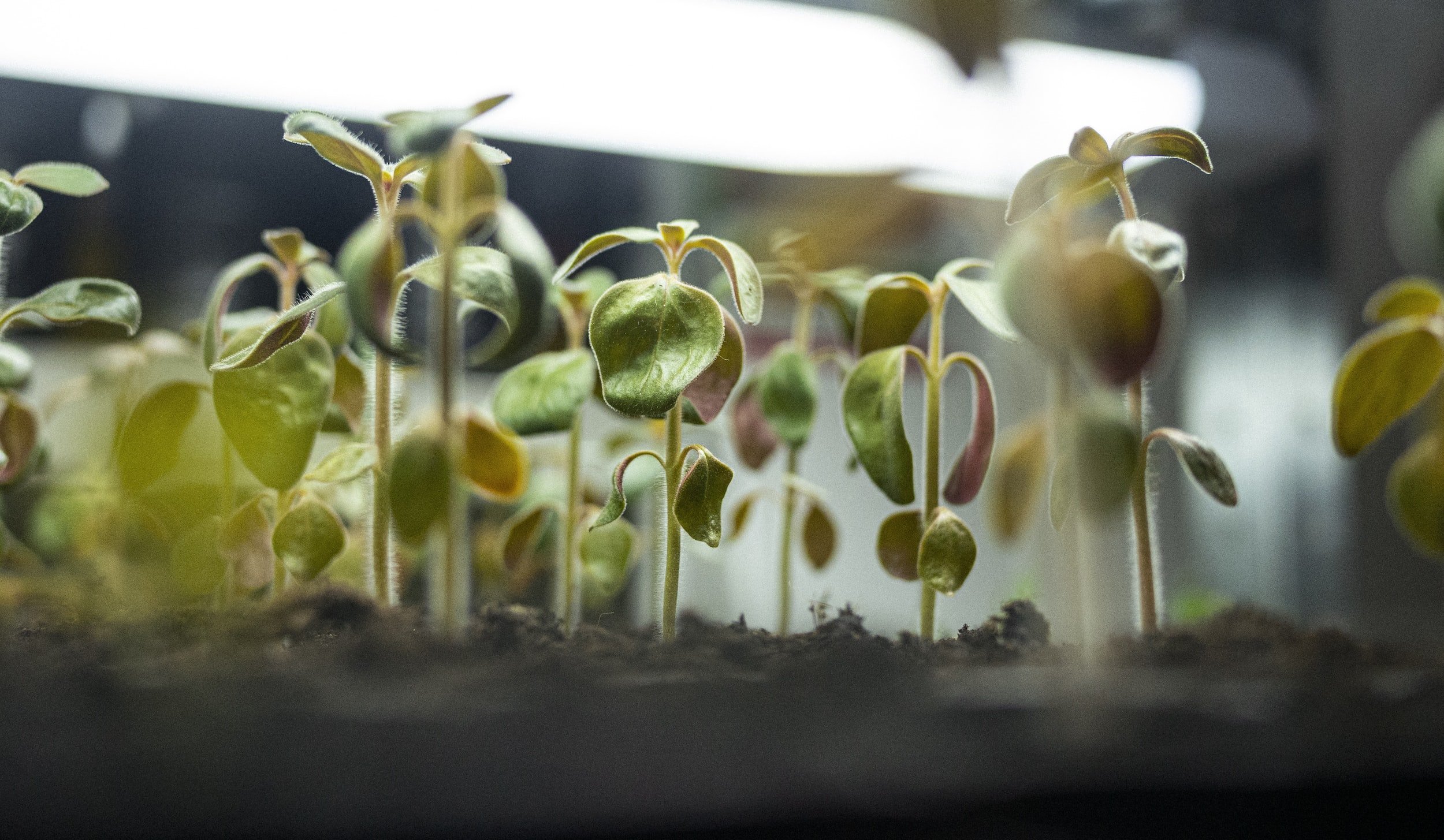
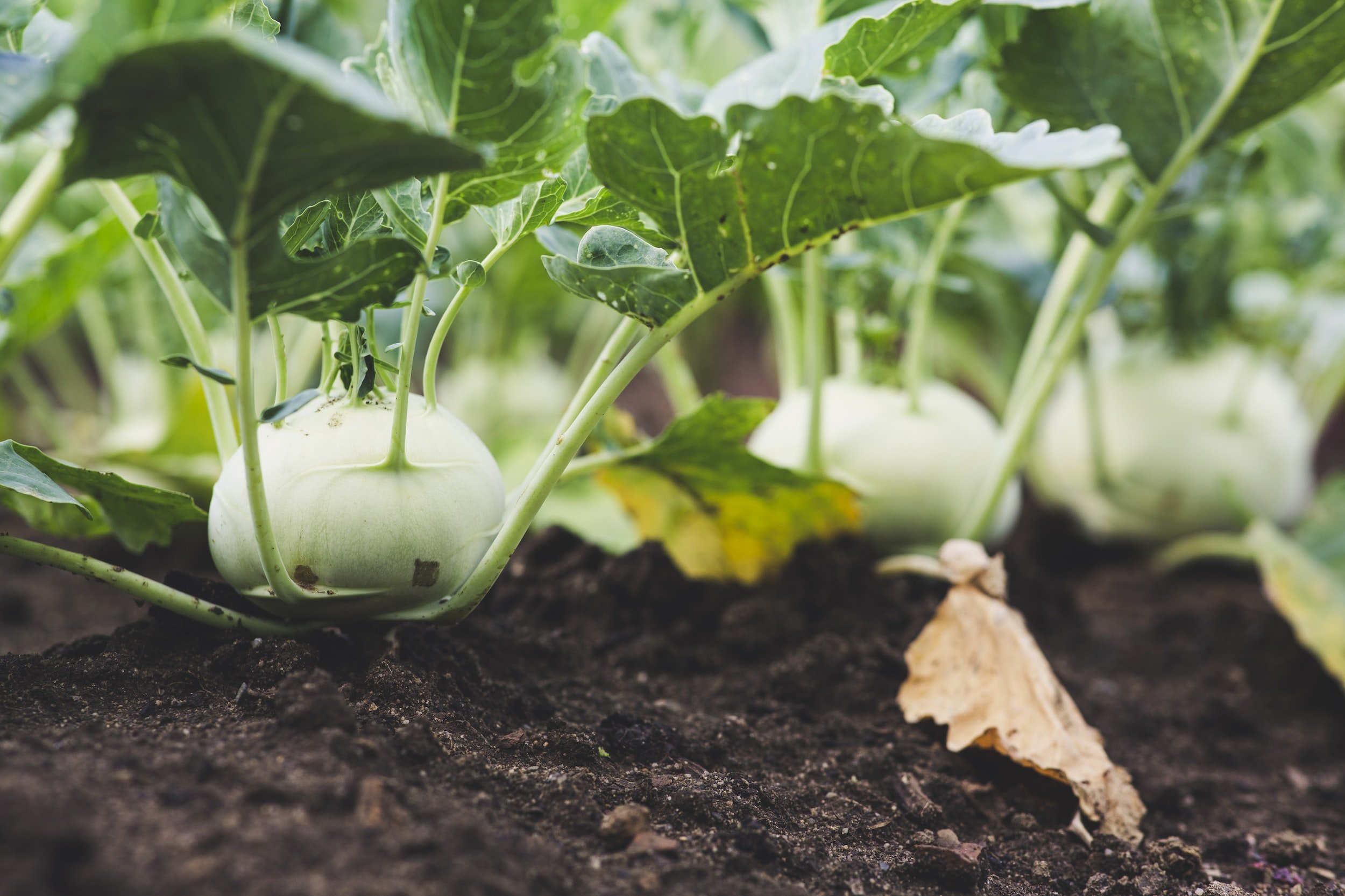
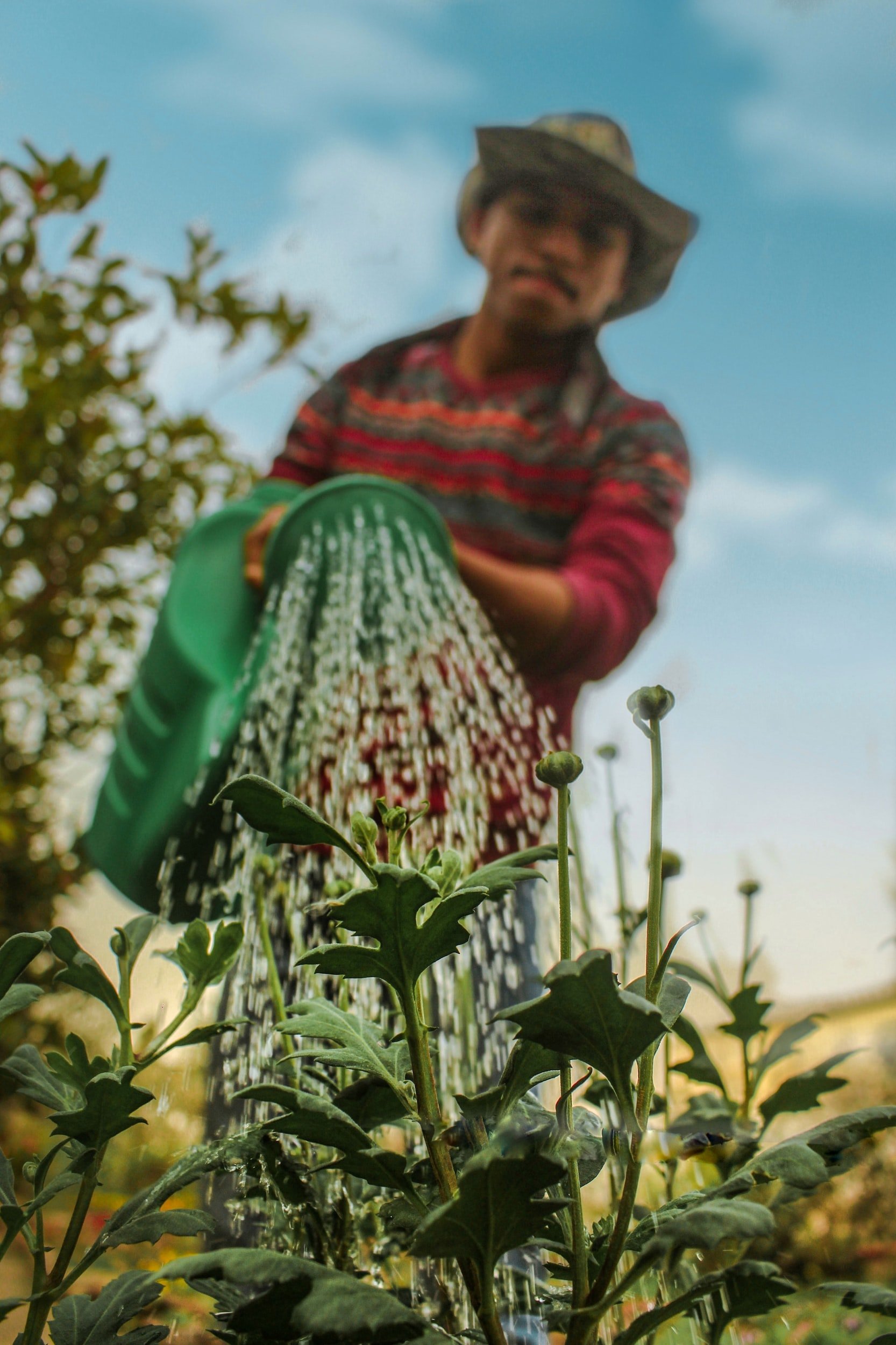
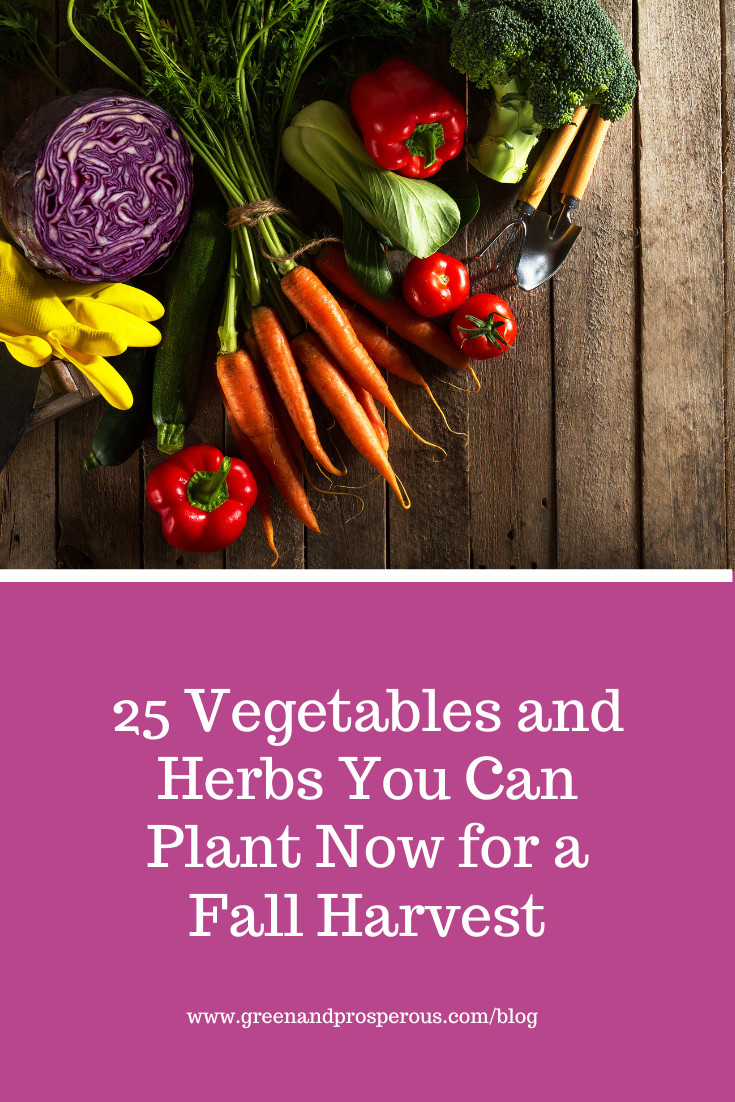



































Gardening is increasingly recognized not just as a hobby but also as a therapeutic practice that can have significant health benefits. According to a 2017 study published in the journal Preventative Medicine Reports, engaging in regular gardening activities encourages physical exercise, promotes mental well-being, and provides opportunities for social interaction—all of which contribute to overall health.